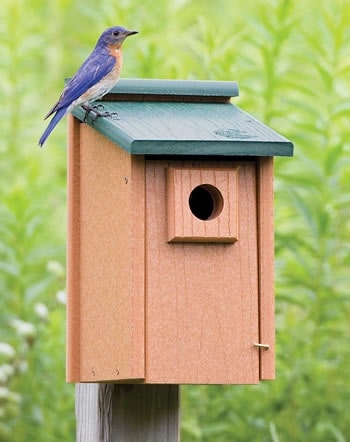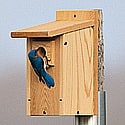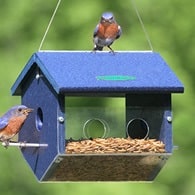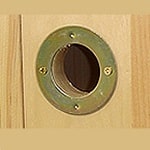Bluebird House - Buying, Building, Dimensions, Hole Size, Placement
What Makes A Bluebird House A Bluebird House?
What makes it a house for Bluebirds is the dimensions that the nest box is built to that make it specific for Bluebirds.
The entrance hole, the floor size, and the depth to the bottom of the house can determine whether a specific type of bird will use the house or not.
That's not to say another species won't use the house, they absolutely will. Since there are species that have less specific needs, a Bluebird house will meet their needs.
A few of the other species that will use a Bluebird house include Chickadees, House Wrens, Tree Swallows, and, of course, House Sparrows.
Whether you're buying or building a Bluebird House, you'll find the information you need right here.
Information including hole size, floor and height dimensions, and best materials to use or look for in a bluebird house.
Bluebirds are cavity-nesting birds and will readily make use of man-made nest boxes, provided they are constructed properly.
Most birds prefer a natural-looking nesting box. Whether you plan on buying or building, make sure that the wood that is used in constructing the house is naturally decay-resistant wood such as cedar, redwood, or exterior plywood.
When Should I Put Up a Bluebird House?
You should place your houses before Bluebirds come to your area. The month of March is the latest for much of their range.
If you're ahead of the game, late fall or winter is a good time to put up houses so the birds can find them during feeding trips.
In winter, several Bluebirds may use the house for roosting during wintry nights.
By early spring (February - March), they begin searching for nesting sites.
How High From the Ground Should a Bluebird House be Mounted?
Mount your birdhouse on a pole and make sure your bluebird house is 5 1/2 to 6 1/2 feet high off the ground.
This height from the ground allows for easier montoring. Make sure you have a baffle on the pole discourage predators.
Place the pole in an open area without overhanging tree branches. A small tree 12 or more feet away offers a predator lookout for the Bluebird.
Use a baffle on the pole to keep raccoons from climbing the pole and an entrance predator guard to keep animals from reaching in and pulling the young out.
Can I Mount a Bluebird House on a Tree?
Never place a bluebird house on a tree, as this allows predators the best opportunity for a meal.
Opossums and raccoons are natural tree climbers and love birds and their eggs. So do Rat snakes.
Which Way Should Bluebird House Face?
The direction a Bluebird house shoud be facing is first, towards the most open area with the opening facing East, then North, South, and lastly, West.
What to Look For in Buying a Bluebird House
What are the Dimensions of a Bluebird House?
Avoid purchasing any nesting box that is painted. Cedar is probably the most affordable weather-resistant wood.
Bluebirds prefer a house that has an entry hole of 1 1/2 inches for eastern and western species and 1 9/16 inches wherever mountain bluebirds may be.
The floor should be between 4 1/2 to 5 1/2 inches square and the floor should be 5 to 8 inches below the entry hole.
Do not add or buy any birdhouse with a perch. The birds don't need it, whereas house sparrows, starlings, and other Bluebird predators will have easy access if perches are used.
The roof should be slightly slanted to shed water and keep the contents of the nest dry.
Each side should provide ventilation. Drill 1/4-inch holes on the sides of the house just under the roof.
Also, make sure there is adequate drainage in the bottom of the nesting box by drilling 1/4-inch holes in each corner of the bottom of the bluebird house.
The side or front should swing open for monitoring and easy cleaning. Of course, Woodlink makes it easy for you to follow these guidelines by providing their quality Going Green Bluebird House built to last a lifetime.
Whether you chose to buy or build one, we encourage you to begin attracting these birds to your backyard. Bluebirds can use our help and you'll get a lot of enjoyment from them.
Placing and Maintaining Nest Boxes
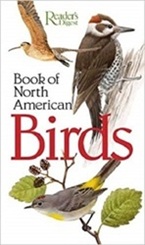
|
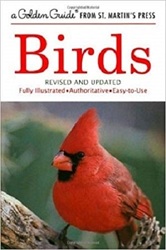
|
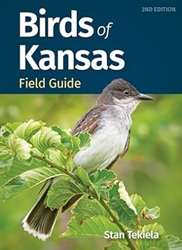
|
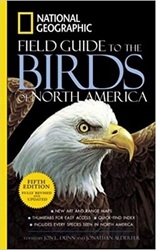
|
| Readers Digest Guide | Golden Guide | Your State Only | Nat-Geo Guide |
